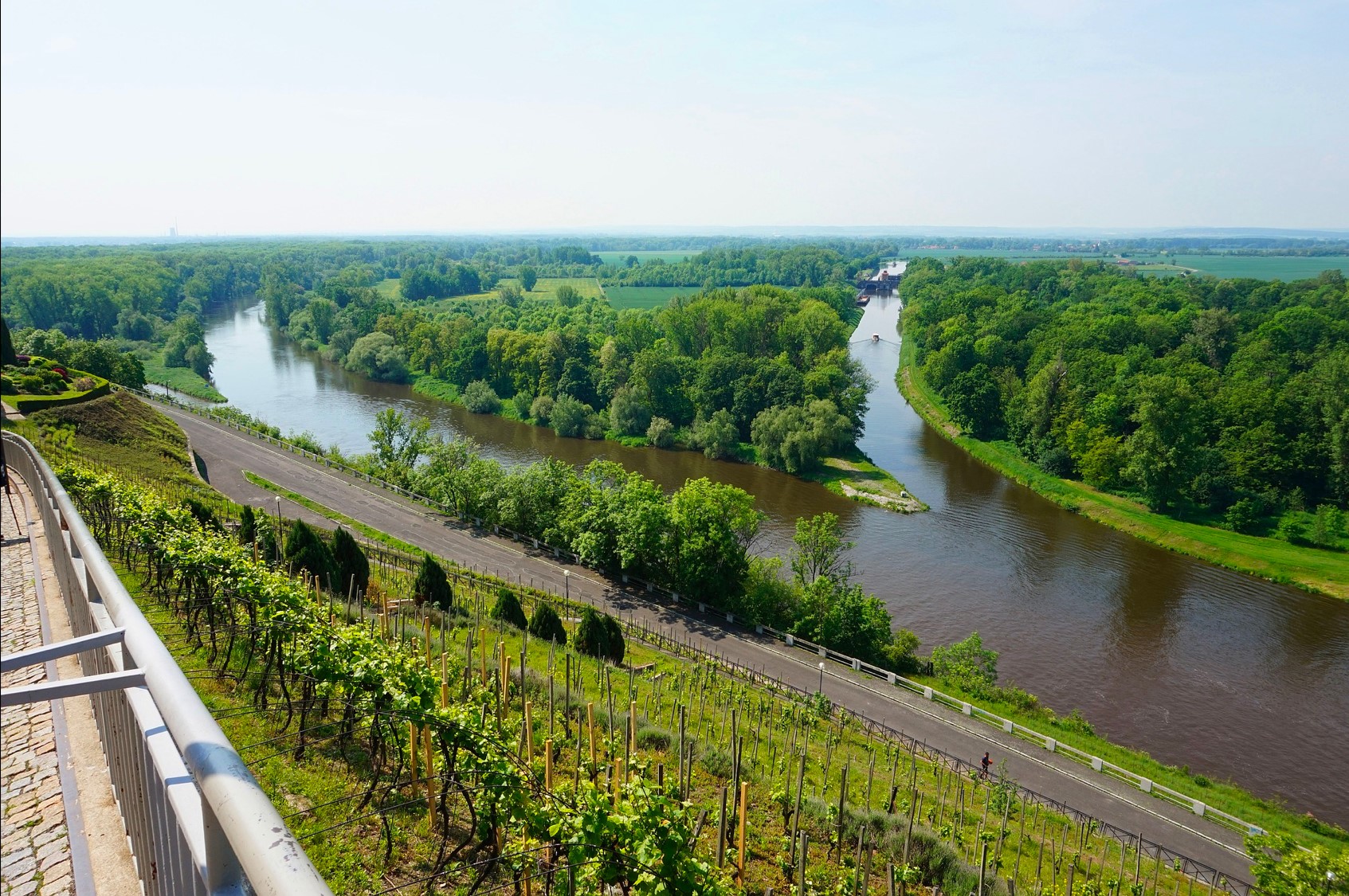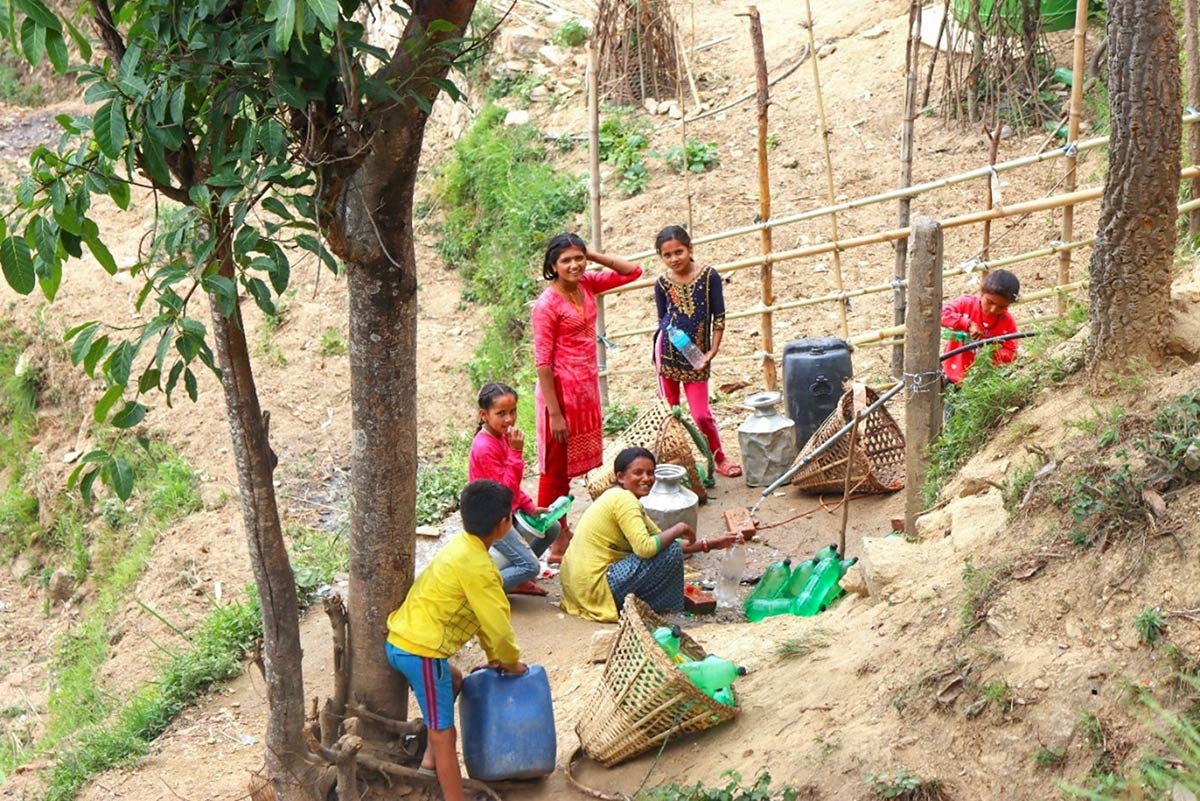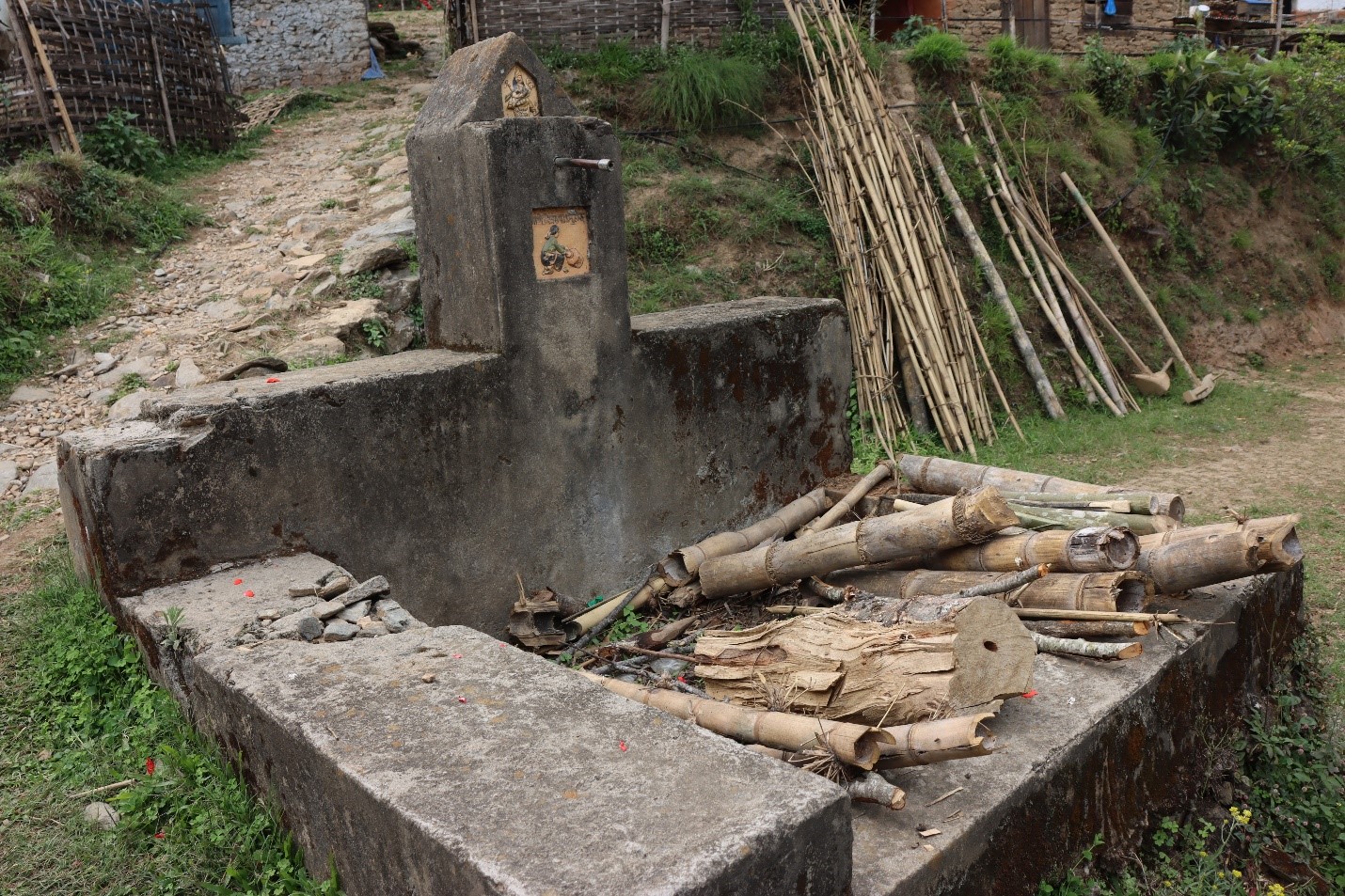Rejuvenating Springs, Streams and Small Rivers: The Importance of Starting Small
River restoration is now a multi-billion-dollar industry globally. However financial investment without the understanding of the real problem that has led to the drying of rivers will not bring in value for money.

A river is a living ecosystem and a generous provider. Cultures and civilization, arts and folklore, food cultivation and livelihoods have centered around rivers. Communities often introduce themselves by associating themselves with the river that flows close by. People have their roots embedded in river basins – however, big or small. Many times, they lament how small rivers/springs close to their villages have dried up and disappeared. The story is no different in urban areas.
With the death of a river, dies heritage. Survival of natural ecosystem and people become at stake. A river dries when it stops receiving surface water and/or groundwater. Interflow and groundwater provide base flows to rivers. It’s now time to revive these lifelines if for no other reason, than for humanity’s own survival.
A river is a natural stream of fresh water fed by rain or melting snow. On its onward journey, many tributaries join in the river and its tributaries form a basin. The river collects the available runoff and groundwater discharge and flows into an ocean or a landlocked water body at the end of its journey. A perennial river is an essential component of the natural hydrological cycle and its continuous flow is an inbuilt character of its health. But that’s not all.
The main river systems are fed by first, second, third, fourth and even fifth-order streams. The health of the smallest stream has a ripple effect on the health of the next order stream it feeds into and so on until it affects the health of the large river. The aquatic biodiversity that is found in large rivers often has its origin in small rivers. When springs, nallahs and streams flourish river ecosystems will remain robust.

Flowing streams and small rivers are of great importance to communities that live in the vicinity. They reduce the desperation of distress migration and allow families to live together. Countless streams and small rivers have dried up due to reasons such as over-extraction of ground and surface water, destruction of catchments, deforestation, encroachment and other factors. Their revival will sustain a lifeline that can support in situ livelihoods within the village itself and improve socio-economic indicators. With the revival of the small rivers, the greenery increases and animals – both domestic and wild can quench their thirst. These restored nallahs, streams and rivers will provide direct benefit to local communities. Because a flowing river helps them. local communities will participate in the revival of local ecosystems. It also supports the regeneration of groundwater providing base flows to rivers.
In urban areas, the development of urban infrastructure has often destroyed small nallahs and rivers. Catchments are degraded and groundwater aquifers are disrupted, affecting the balance between groundwater and surface water. With the natural flow disrupted, even a short rain spell will generate flows that cannot be drained and waterlogging results in the streets. In addition, these water bodies are often used as receptacles for the waste generated by the residents. The stream slowly suffocates and dies a slow death. A first-order dead stream with its muck flows into the second-order and third and so on. Thus a larger river gradually becomes degraded and if pollution allowed, one day the river will die. This cannot be allowed. Rivers must not be allowed to die.
Spring-fed rivers in the Himalaya region supply critically-needed water to the larger rivers. For far-flung villages and rural and urban communities, springs are the sole source of water for drinking, domestic and agricultural needs. Springs are the lifeline of people living in the mountains and hills. Unfortunately, the majority of the springs in the hills and mountains of India and Nepal are drying up.


In South Asia, there are many non-glacial rivers that originate in the forest called forest rivers. Together, they form an intricate web that feeds into the Ganga basin water system. All these rivers are now in danger due to deforestation, ill-planned and executed construction of roads, houses and hydropower dams. These interventions have also disrupted the flow of natural springs. Perennial streams have become rainfed streams and have dried up in several places. Many first-order springs which do not have any tributary have already dried up.
The need to revive and rejuvenate springs, streams and small rivers cannot be overemphasized. Fortunately, amidst the gloom emerges the possibility of revival from community efforts that now dot the South Asian landscape. Many groups are doing inspiring work on the revival of small streams, nallahs and springs in arid regions of Rajasthan and Bundelkhand, Uttar Pradesh and mountains of Nepal.
Being shorter stretches and involving fewer stakeholders, revival efforts of smaller rivers are easier to manage. The success of such efforts also builds confidence and creates motivation for working toward the revival of larger streams and rivers. Soon stakeholders become members of a larger family to protect rivers and maintain their health.
Conclusion
River restoration is now a multi-billion-dollar industry globally. However financial investment without the understanding of the real problem that has led to the drying of rivers will not bring in value for money. Often the funds are spent on making cosmetic changes which unfortunately are detrimental to the health and life of the river.
Involvement of people, participatory mapping of the river and its catchment, understanding the role the local biodiversity plays, sensible water use, and the use of indigenous and time-tested knowledge are instruments that help in the revival of these vital arteries. Such efforts not only will be cost-effective but will be more appropriate in deepening the linkages between communities and precious water resources. Ultimately it is the emotional commitment to deepen linkages that will lead to appropriate and continuous actions for the rejuvenation of rivers.
This is an abridged version of the article by the author in Global Bihari https://globalbihari.com/why-rue-a-dead-river/




